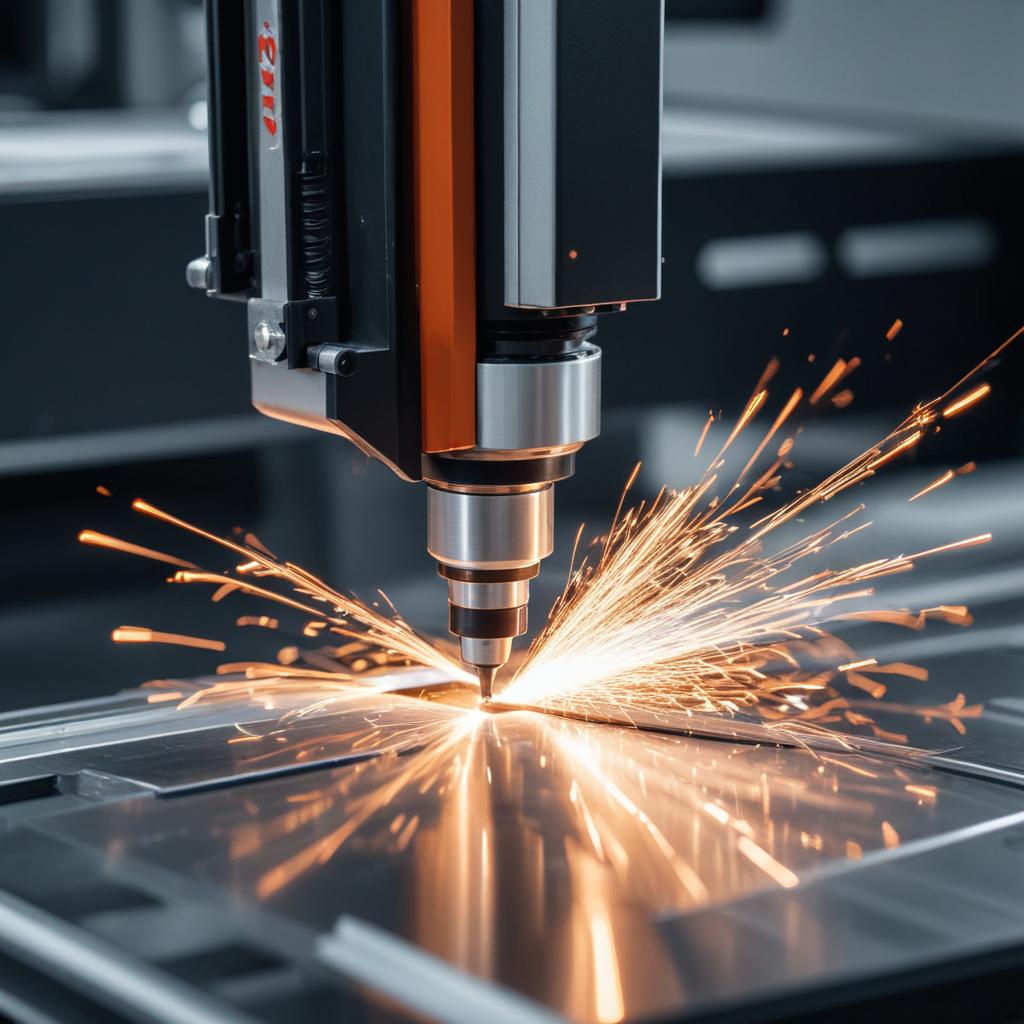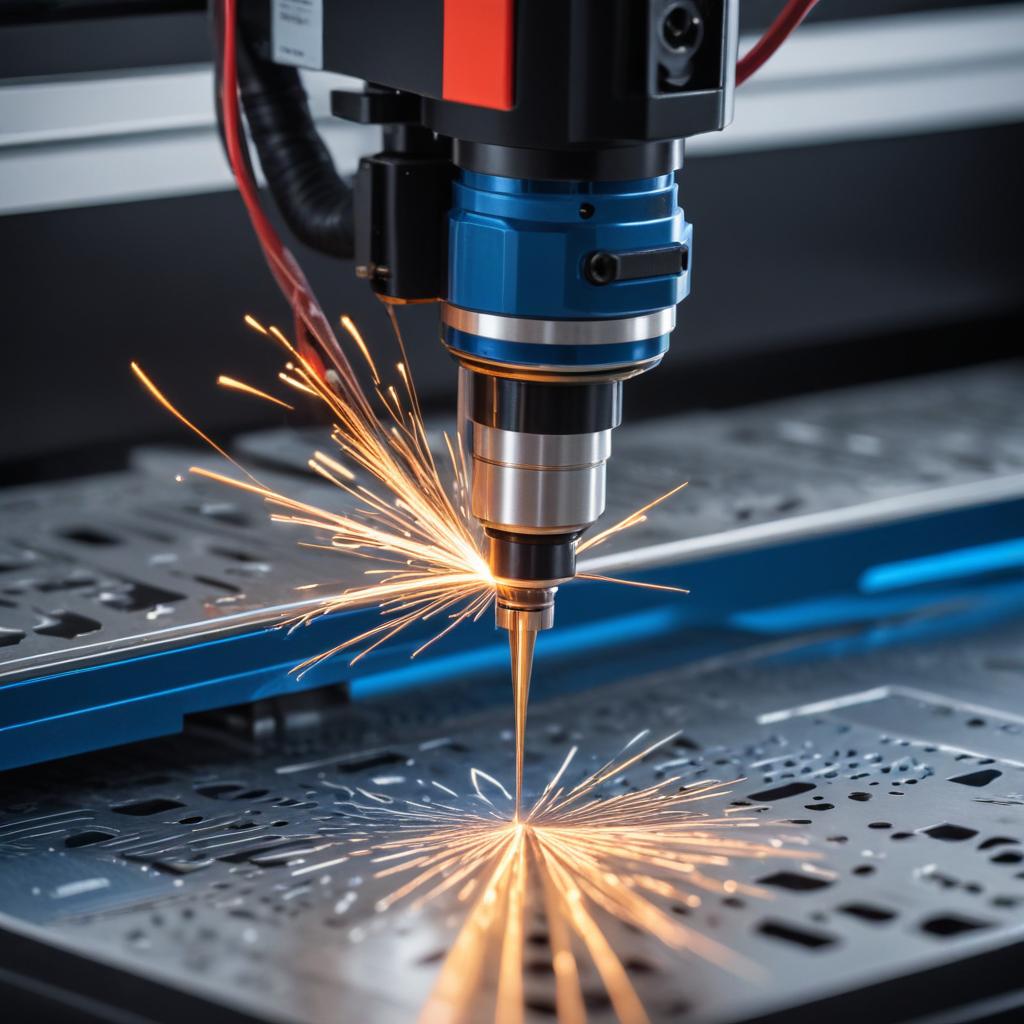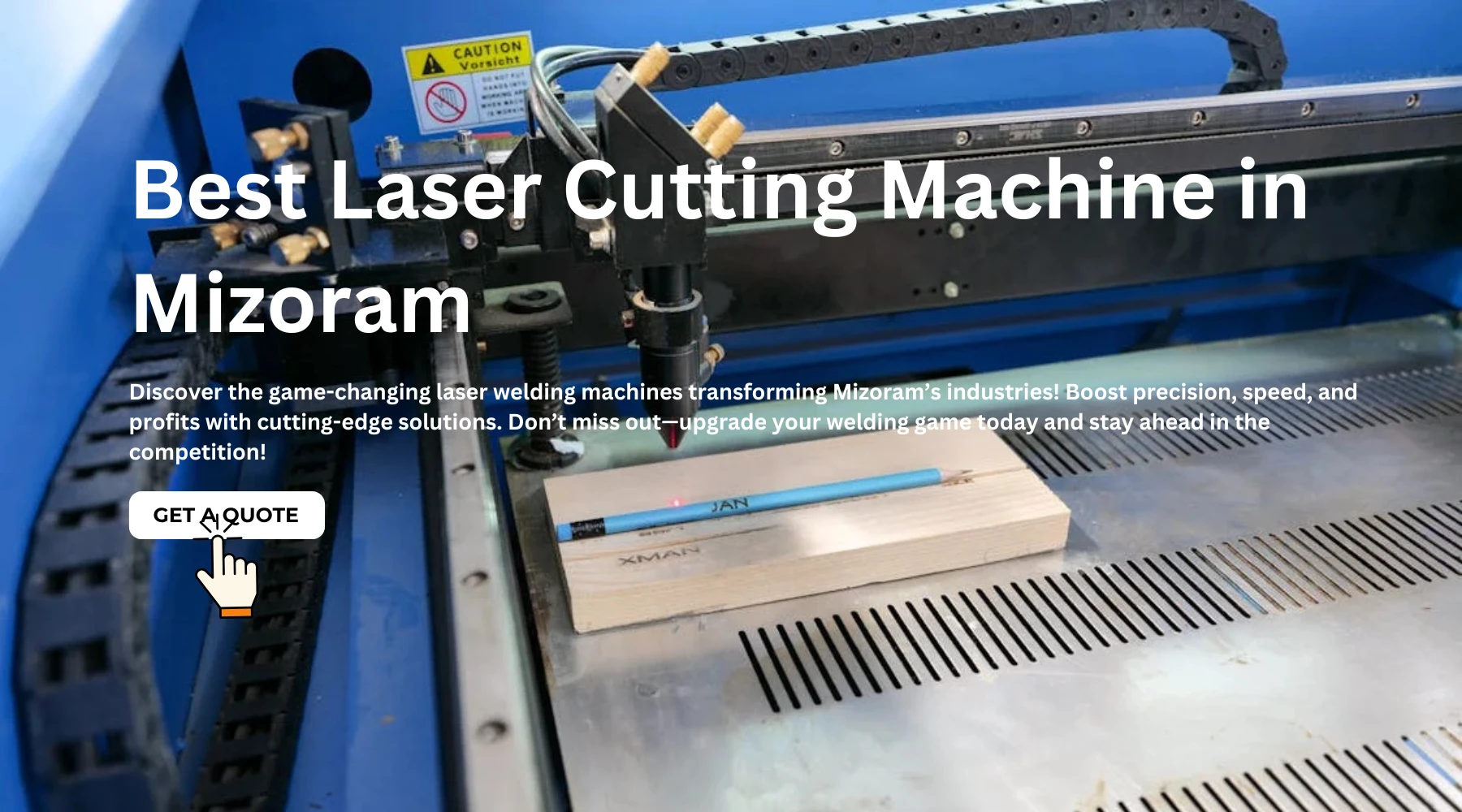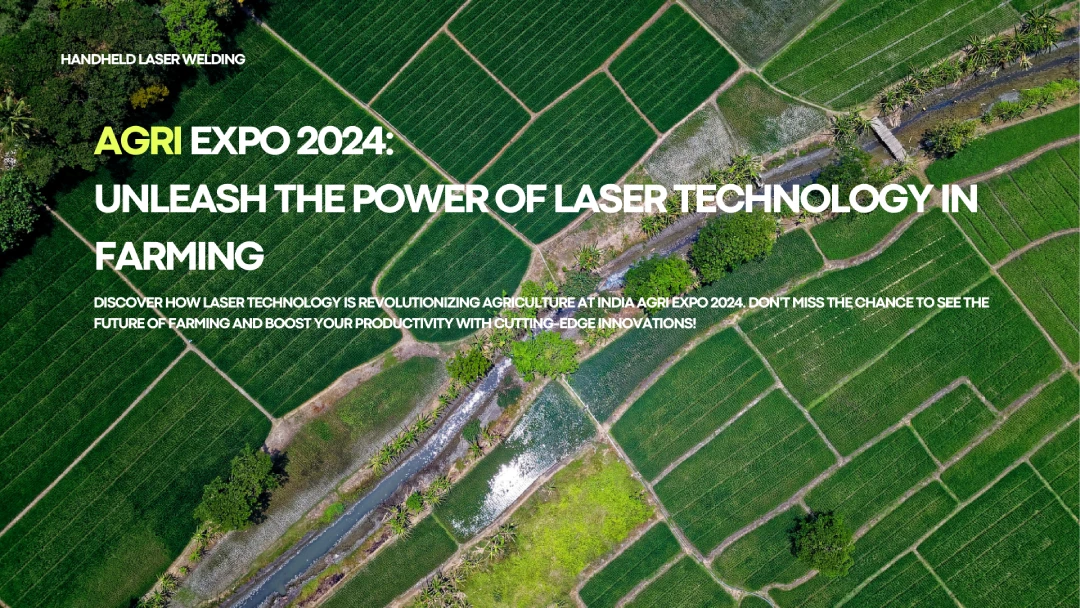What is Fiber Laser Cutting Technology?

Fiber laser cutting technology is a method that utilizes a high-powered laser beam to cut through materials with extreme precision. The laser beam is generated by optical fibers doped with rare earth elements such as erbium, ytterbium, or neodymium. These fibers amplify the laser light, producing a highly focused and powerful beam. The laser beam is then directed through a cutting head that precisely controls the path of the cut. This technology is known for its efficiency, precision, and versatility, making it suitable for cutting various materials including metals, plastics, and composites.
Innovations in Fiber Laser Cutting
Recent advancements in fiber laser cutting technology have significantly enhanced its capabilities:
- Higher Power Outputs: Modern fiber lasers can generate higher power levels, allowing for faster cutting speeds and the ability to cut through thicker materials.
- Improved Beam Quality: Advances in beam quality have resulted in finer and more precise cuts, minimizing the need for secondary finishing processes.
- Shorter Wavelengths: Fiber lasers operate at a wavelength of around 1.06 micrometers, which is better absorbed by metals compared to the 10.6-micrometer wavelength of CO2 lasers. This results in cleaner cuts with less thermal distortion.
- Adaptive Optics: The use of adaptive optics allows for real-time adjustments to the laser beam, improving cutting accuracy and consistency.
- Real-time Monitoring Systems: These systems enhance process control by continuously monitoring the cutting process and making adjustments as needed to maintain optimal performance.
Applications Across Industries
Fiber laser cutting technology is used in a wide range of industries due to its precision and efficiency:
- Automotive Industry: Fiber lasers are essential for cutting complex shapes and components, reducing material waste, and ensuring consistent quality. They are used in the production of body panels, engine parts, and intricate components that require high precision.
- Aerospace Industry: Precision and reliability are critical in aerospace manufacturing. Fiber lasers enable the production of lightweight, high-strength components with exacting tolerances, contributing to overall aircraft efficiency and safety. They are used for cutting parts for engines, wings, and structural components.
- Medical Device Manufacturing: The medical industry benefits from the precision of fiber laser cutting for creating surgical instruments and medical devices. This technology ensures the production of intricate and delicate parts with minimal risk of contamination or deformation.
- Electronics Industry: Fiber lasers are ideal for cutting and engraving small, detailed components used in electronic devices. The precision and speed of fiber laser cutting make it possible to produce complex circuits and intricate designs with high accuracy.
Benefits of Fiber Laser Cutting Technology

Fiber laser cutting technology offers numerous advantages over traditional cutting methods:
- Superior Precision and Quality: The high beam quality and small spot size of fiber lasers result in extremely precise cuts with smooth edges and minimal material deformation.
- Reduced Operational Costs: Fiber lasers have higher electrical efficiency and require less maintenance compared to CO2 lasers, leading to lower operating costs over time.
- Increased Efficiency and Productivity: With faster cutting speeds and the ability to handle a wide range of materials, fiber lasers enhance overall production efficiency.
- Lower Maintenance Requirements: Fiber lasers have fewer moving parts and are less susceptible to wear and tear, resulting in lower maintenance needs and longer machine lifespans.
Environmental Impact and Sustainability
Fiber laser cutting technology also offers environmental benefits:
- Energy Efficiency: Fiber lasers are more energy-efficient than CO2 lasers, consuming less power for the same cutting tasks.
- Reduced Emissions and Waste: The precision of fiber laser cutting minimizes material waste and reduces emissions associated with traditional cutting methods.
- Eco-Friendly Manufacturing Solutions: The technology supports eco-friendly manufacturing processes by enabling the production of high-quality parts with minimal environmental impact.
Future Trends and Developments
- Integration of AI and Machine Learning: Advanced AI algorithms and machine learning techniques are being integrated into fiber laser cutting systems to enhance automation, accuracy, and efficiency.
- Advancements in Laser Cutting Software: New software developments are improving the control and optimization of cutting processes, allowing for better precision and reduced setup times.
- Emerging Applications in New Industries: As fiber laser technology continues to evolve, new applications are being discovered in industries such as renewable energy, construction, and consumer electronics.
Choosing the Right Fiber Laser Cutting Machine
- Power Output: Choose a machine with the appropriate power level for your specific cutting needs.
- Beam Quality: Ensure the machine offers high beam quality for precise and clean cuts.
- Material Compatibility: Verify that the machine can handle the types of materials you need to cut.
- Software and Control Systems: Look for advanced software and control systems that enhance ease of use and cutting accuracy.
- Manufacturer Reputation: Select a machine from a reputable manufacturer known for quality and reliability.
Conclusion
Fiber laser cutting technology has transformed modern manufacturing by offering unparalleled precision, efficiency, and versatility. As innovations continue to emerge, the technology’s applications and benefits will only expand, making it an essential tool for industries striving for excellence in production. By adopting fiber laser cutting, manufacturers can achieve higher productivity, lower costs, and a smaller environmental footprint.








Leave a Reply